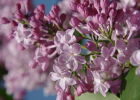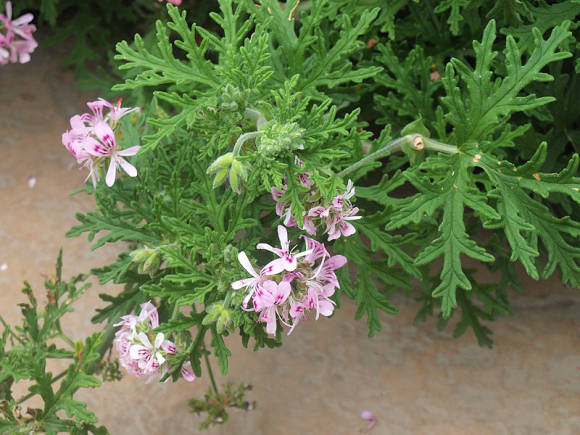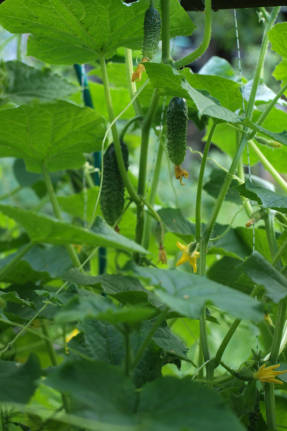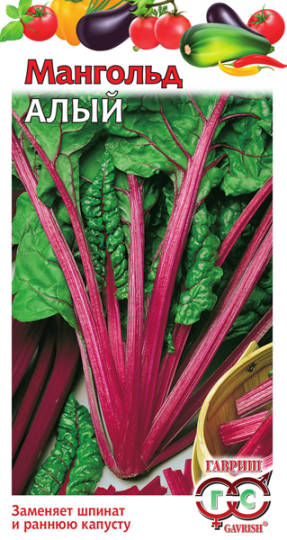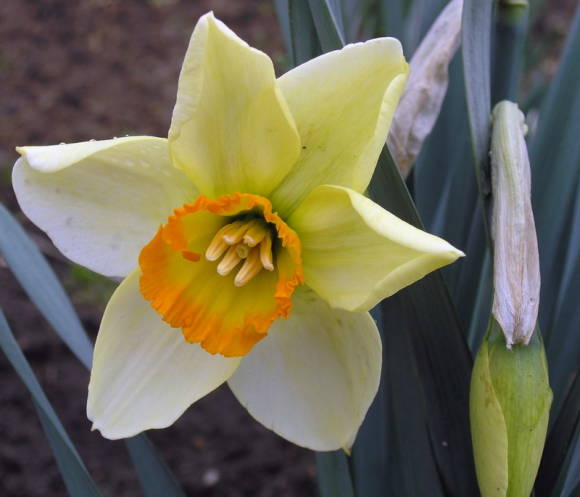If half a century ago, the assortment of indoor plants was mainly limited to aloe and geraniums, and the rest of the delights were the lot of collectors, now the whole globe is represented on our windowsills. But often we do not think that some of the plants pose a certain danger and require careful handling. Of course, no one in their right mind will eat pets from the windowsill, but there are still children who cannot always be seen, pets and herbal medicine lovers who, having read something and somewhere, immediately rush to try it on themselves.
 |
First of all, you should pay attention to the plants of the aroid family. Almost all of its representatives are poisonous to one degree or another. Let's start with Dieffenbachia, beloved in recent years, in which, by the way, all parts of the plant are poisonous, and in particular the stem, which we cut off during grafting or pruning. In reference books on poisonous plants, it refers to very poisonous plants. It contains cyanogenic glycosides, saponins and calcium oxalate crystals, scientifically called raffida. Symptoms of poisoning with this plant are nausea, vomiting, diarrhea, there is a feeling of a swollen tongue, and heart rhythm disturbances are observed. If the juice comes into contact with the skin, irritation occurs. It is better to carry out all operations with this plant in ordinary household gloves, and be sure to wash the tool, because there is no guarantee that after the flower lover has cut off the stalk of plants with a knife, someone from the other household will not cut off a sandwich with this knife.
 |
Aglaonemes are now popular, which belong to the same aroid family as dieffenbachia. This plant contains the poisonous alkaloid aroin. When in contact with plant sap, burning, irritation occurs, and when ingested, nausea, vomiting, convulsions and irregular heart rhythms occur. The same is true for caladiums.
 |
Scindapsus causes contact dermatitis when working with it.
The next family that is dangerous is the euphorbia. The most, perhaps, common representative of this family is now the fairest euphorbia, or poinsettia. Poisoning with this plant has been noted in children who tried to taste the bright leaves "on the tooth". The result was nausea and diarrhea, drowsiness and chills.
 |
Catharanthus pink is gaining popularity as a houseplant, which can bloom not only pink, but also white and even two-colored flowers. It is an important medicinal plant from which anti-cancer drugs are derived. But the alkaloids, which are included in the preparations, are very poisonous and therefore this plant also requires careful handling.
 |
Gloriosa, which contains very dangerous alkaloids, is also a highly poisonous plant.
We now have a very poisonous indoor plant oleander. It contains cardiac glycosides and two cases of mass poisoning with this plant are mentioned in history, when the soldiers of Hannibal and Napoleon fried meat strung on sticks of this plant at a halt.
 |
Aucuba japonica, if accidentally ingested, can provoke intestinal upset, and in large quantities cause internal bleeding.
Codiaeum (croton) causes contact dermatitis, as well as indoor primrose inverse-conical (obkonika).
 |  |
Clivia contains alkaloids lycorin, clivimin, which, even in small quantities, can cause intestinal upset. For example, toxicology manuals provide examples of poisoning by this plant of two children 5 and 8 years old in Berlin, who ate the fruits of this plant. The relative of clivia, hippeastrum, has similar properties.
 |
All types of ficuses secrete milky juice, which contains furocoumarins. The same substances are contained in cow parsnip and cause burns when in contact with the skin.
A few words must be said about ivy. In fact, they are used as medicinal plants and from ordinary ivy, which is widespread throughout Europe and on the Black Sea coast of the Caucasus, they make preparations for coughing. The whole plant contains a large amount of saponins, which are irritating when ingested into the gastrointestinal tract, and when in contact with the skin, cause redness and itching.
 |  |
Begonias differ greatly in their toxicity - from moderately poisonous to absolutely safe, which the local population uses in their homeland as vegetable plants. But, for example, tuberous begonias, if ingested, lead to severe diarrhea.
 |
Here we also do not mention such a factor as a banal allergy, which is unpredictable and can manifest itself in relation to any plant. So, before you make a green friend, still read his biography and character and correlate with your conditions.
Photo by Rita Brilliantova and from the GreenInfo.ru forum
